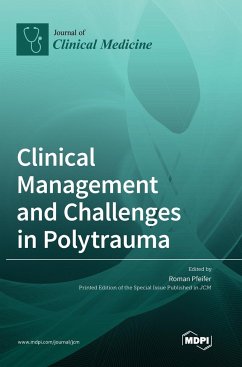Trauma is still a leading cause of death in patients below 40 years of age. Clinical management of severely injured patients is challenging in all phases of treatment during the clinical course. Numerous factors, such as injury severity, injury pattern, patient characteristics and trauma system, affect the decision-making process in our patients. After the successful initial management of an unstable multiply injured patient, secondary definitive surgeries and reconstructions may have a risk for further systemic complications and the deterioration of the patient's physiology. A "Safe Definitive Surgery" (SDS) concept considers the dynamics of the clinical course (prehospital, operations, complications, etc.) and the patient's physiology. Due to the repeated re-evaluation and assessment of the patient's clinical course, dynamics and adaptation of the treatment strategy, the safe management of polytraumatized patients is possible. Many unanswered questions still exist and need to be addressed in future studies:Which patients profit by the damage control strategy and which do not? When is it best to start with the definitive fixation of fractures in multiply injured patients? How can one improve the quality of life in polytraumatized patients? What are the strategies in elderly severely injured patients? With this Special Issue, we would like to stimulate research in the field of polytrauma in order to shed light on the above-mentioned questions








